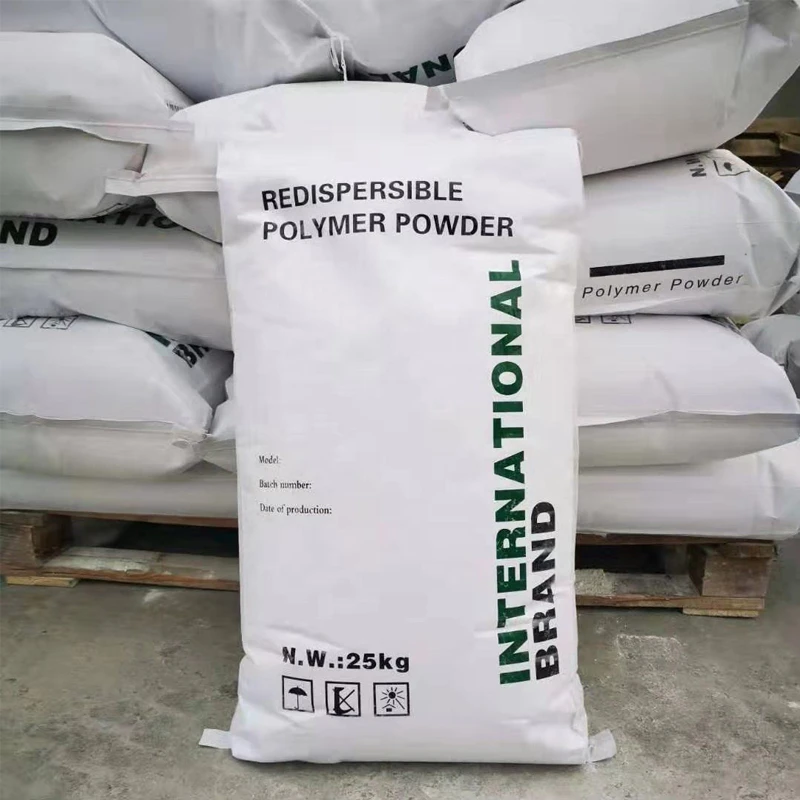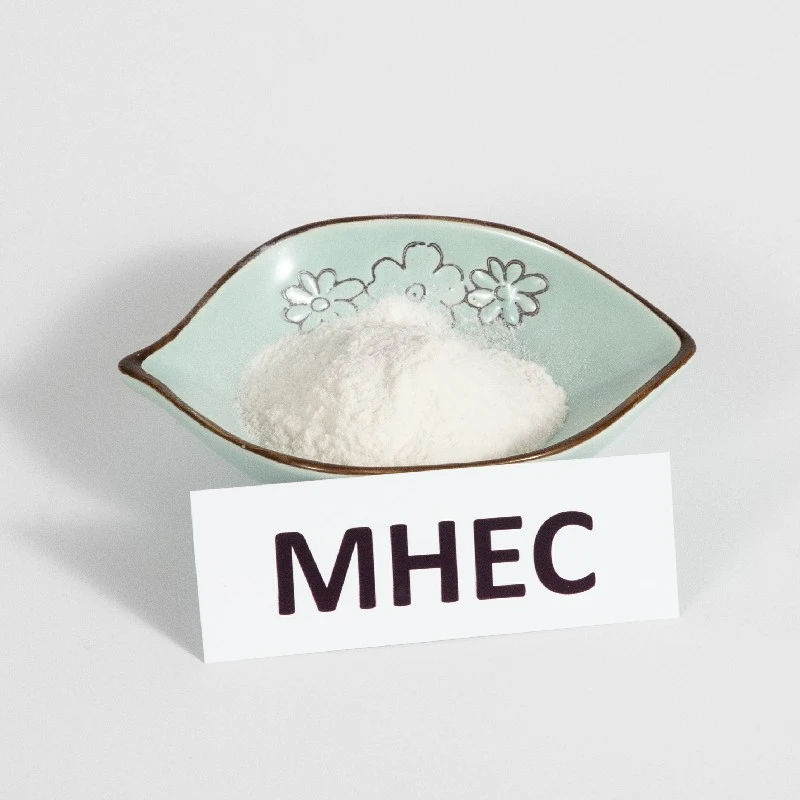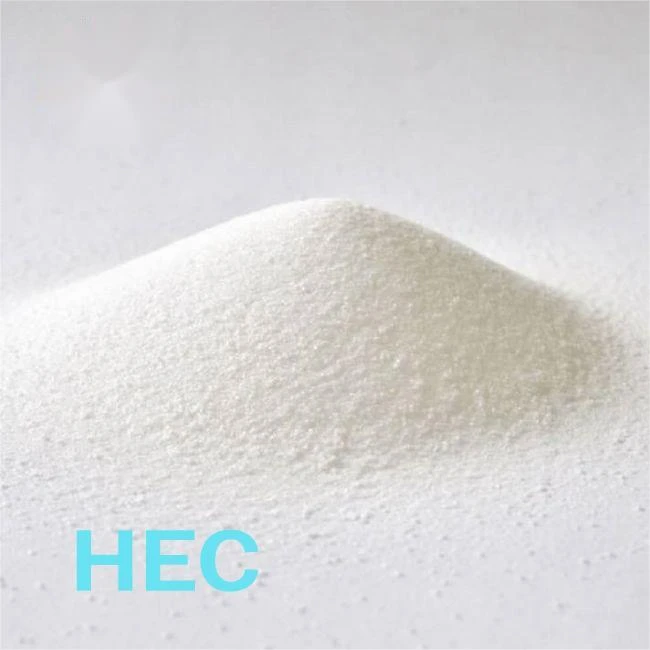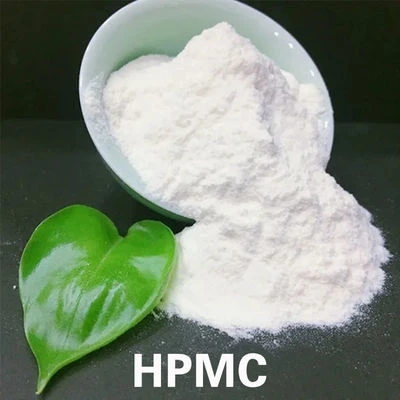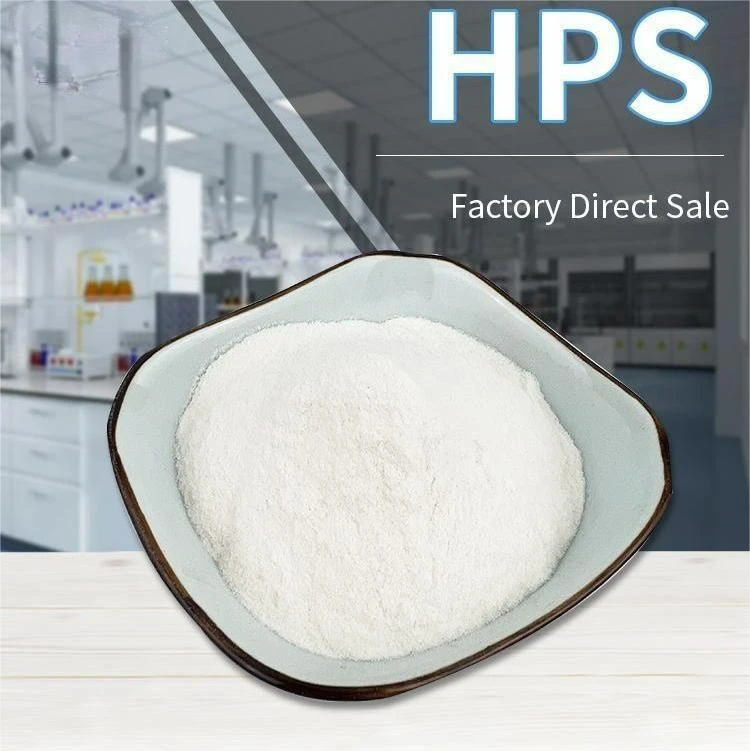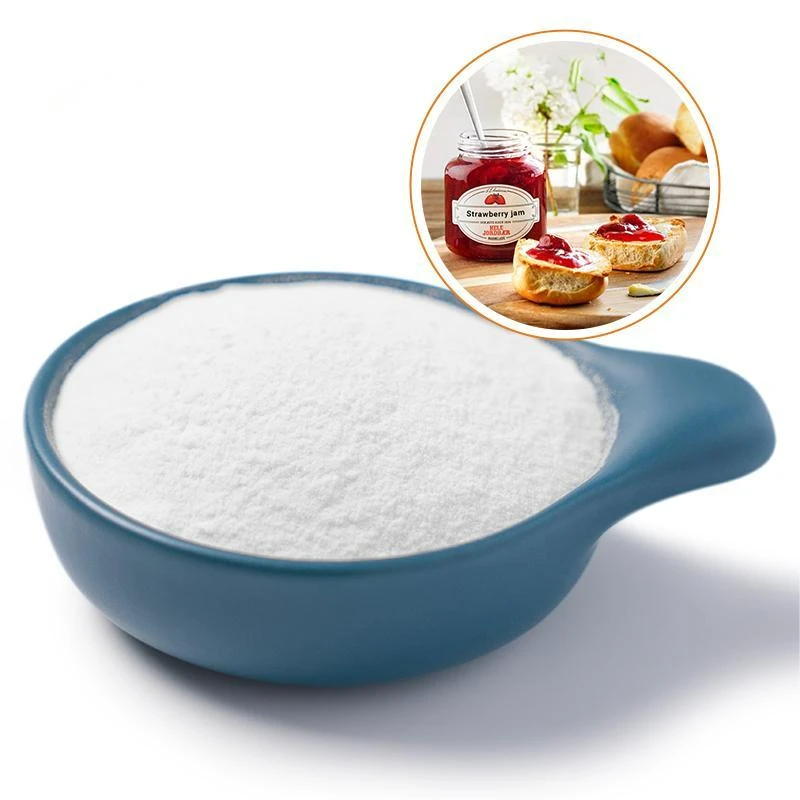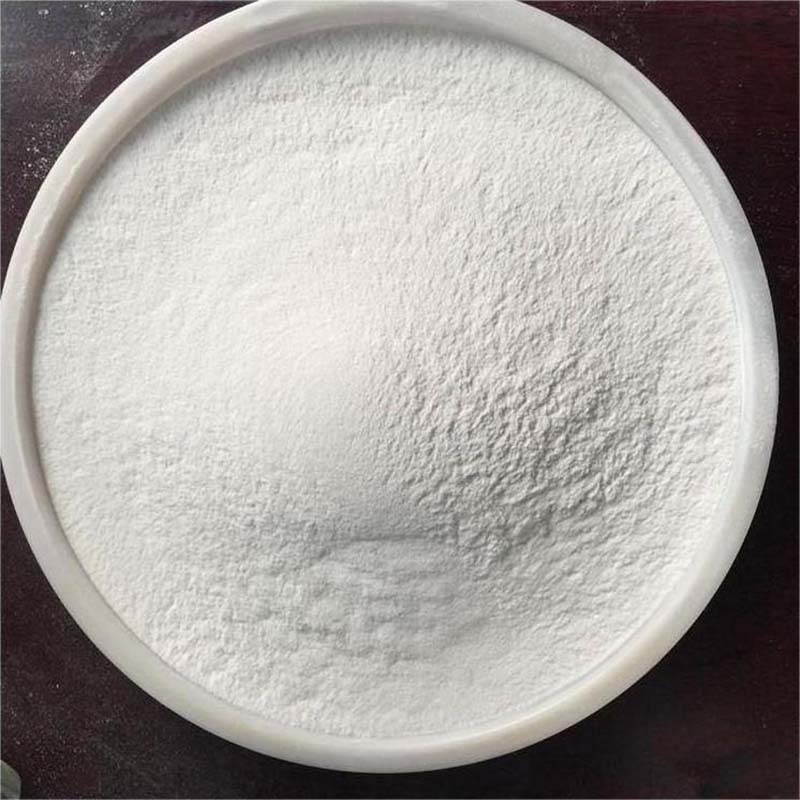Reactive Dye Powder | Vibrant, Durable Textile & Garment Dyes
In the vibrant world of textile manufacturing and beyond, the quest for durable, brilliant, and eco-friendly coloration has led to the widespread adoption of reactive dye powder. This class of dyestuffs is renowned for forming a covalent bond with textile fibers, primarily cellulosic ones like cotton, rayon, and linen, ensuring exceptional colorfastness and vibrancy. Unlike other dye types that rely on physical adsorption or mechanical entrapment, reactive dyes chemically react with the fiber molecules, making them an indispensable component in achieving high-quality, long-lasting color.
Industry Trends and the Evolution of Reactive Dyes
The textile industry is undergoing a significant transformation, driven by consumer demand for sustainable products, technological advancements, and stricter environmental regulations. These trends profoundly impact the development and application of reactive dye powder:
- Sustainability Imperative: There's a strong push towards eco-friendly dyeing processes. This includes developing low-salt or salt-free reactive dyes, low-temperature dyeing processes to reduce energy consumption, and dyes with improved fixation rates to minimize wastewater pollution. The industry is actively seeking solutions to reduce chemical oxygen demand (COD) and total dissolved solids (TDS) in effluents.
- Digital Textile Printing: While traditional reactive dyeing remains dominant, the rise of digital textile printing is creating new opportunities for specialized reactive ink formulations. These inks offer greater design flexibility, reduced water consumption, and shorter production cycles, making them increasingly attractive for fashion and custom textile markets.
- Functional Textiles: The integration of dyes with advanced functionalities is a growing trend. Reactive dyes are being explored for their potential in smart textiles, where color changes could indicate temperature, pH, or even biological activity.
- Enhanced Performance: Manufacturers are continuously innovating to improve the fastness properties of textile reactive dyes, particularly resistance to light, washing, chlorine, and perspiration. This ensures textiles maintain their aesthetic appeal even after extensive use and cleaning.
- Supply Chain Transparency: Increased scrutiny on ethical sourcing and manufacturing processes is pushing companies to ensure their entire supply chain, including dye production, adheres to international labor and environmental standards.
According to a report by Grand View Research, the global reactive dyes market size was valued at USD 6.4 billion in 2022 and is expected to grow at a compound annual growth rate (CAGR) of 5.1% from 2023 to 2030. This growth is primarily attributed to the expanding textile industry, particularly in developing economies, and the increasing demand for high-quality, vibrant, and durable colored fabrics.
Unpacking Reactive Dye Technology: Technical Parameters and Advantages
Reactive dyestuff offers a unique set of technical advantages that make it a preferred choice for cellulosic fibers. Understanding its technical parameters is crucial for optimal application:
Key Technical Parameters of Reactive Dye Powder
Reactive dyes are characterized by several critical parameters that dictate their performance and application suitability. These include:
| Parameter | Description | Typical Range/Value for High-Quality Reactive Dyes | Significance |
|---|---|---|---|
| Color Index (C.I.) Name/Number | Standardized nomenclature (e.g., C.I. Reactive Red 195) | Specific to each dye variant | Universal identification and classification of the dye. |
| Chemical Class | Chromophore and reactive group (e.g., Azo, Anthraquinone; Vinyl Sulfone, Monochlorotriazine, Bi-functional) | Varies by dye type | Determines color hue, lightfastness, and reactivity. |
| Fixation Rate (%) | Percentage of applied dye that covalently bonds to the fiber. | 65% - 90% (Higher is better) | Higher rates mean less unfixed dye, less washing-off, and reduced effluent load. |
| Exhaustion Rate (%) | Percentage of dye absorbed by the fiber from the dye bath. | 70% - 95% (Higher is better) | Indicates efficient dye uptake, reducing residual dye in the bath. |
| Solubility (g/L at specified temp) | Maximum concentration of dye that can dissolve in water. | Typical: 50-200 g/L (at 60-80°C) | Ensures even dispersion and penetration into the fiber. |
| Lightfastness (ISO 105-B02) | Resistance to fading when exposed to light (1=poor, 8=excellent). | 4-7 (Good to Very Good) | Crucial for outdoor textiles and prolonged exposure to light. |
| Washfastness (ISO 105-C06) | Resistance to fading or bleeding during washing (1=poor, 5=excellent). | 4-5 (Good to Excellent) | Essential for all textiles that undergo regular washing. |
| Rubfastness (ISO 105-X12) Dry/Wet) | Resistance to rubbing off onto other materials (1=poor, 5=excellent). | Dry: 4-5, Wet: 3-4 | Prevents color transfer onto skin or other garments. |
| pH Range for Dyeing | Optimal pH range for dye application. | Alkaline (pH 10.5-12.5) for most, some neutral/acidic. | Ensures proper reaction between dye and fiber. |
| Dyeing Temperature | Optimal temperature for dye application. | Cold brand (20-40°C), Medium brand (60-80°C), Hot brand (90-98°C) | Affects diffusion and reaction rate. |
| Electrolyte Requirement (g/L NaCl or Na2SO4) | Amount of salt needed to aid exhaustion. | Varies from 0 (salt-free) to 80 g/L | Influences dye uptake onto the fiber surface. |
Technical Advantages of Reactive Dyes
- Superior Colorfastness: The covalent bond formed between the dye and fiber ensures excellent wash, light, and rub fastness, making colors incredibly durable and resistant to fading. This is a primary driver for their widespread use in high-performance garments and home textiles.
- Brilliant and Wide Color Gamut: Reactive dye powder can produce a broad spectrum of bright, intense, and vibrant shades, offering designers immense creative freedom.
- Versatility Across Cellulosic Fibers: They are highly effective on cotton, linen, viscose, rayon, and regenerated cellulose fibers, making them a versatile choice for a significant portion of global textile production.
- Good Leveling Properties: Many reactive dyes are designed to ensure uniform dye uptake, minimizing issues like uneven dyeing or patchiness, leading to consistent color quality across batches.
- Controlled Reactivity: Different types of reactive groups (e.g., monochlorotriazine, vinyl sulfone) offer varying levels of reactivity, allowing for precise control over the dyeing process and suitability for different temperatures and application methods.
Application Scenarios and the Role of High-Quality Printing Paste
Reactive dye powder is predominantly used in the dyeing and printing of cellulosic textiles. Its application spans various sectors, from fashion apparel to home furnishings and technical textiles. Understanding its application alongside auxiliary chemicals, such as printing pastes, is crucial.
In textile printing, reactive dyes are applied as a print paste. The product mentioned, High quality natural printing paste 90% CAS 9005-38-3 with good price, plays a vital role in this process. CAS 9005-38-3 refers to Sodium Alginate, a natural polysaccharide derived from seaweed, widely used as a thickener in reactive printing. This paste ensures the reactive dyes are held precisely on the fabric surface during the printing process, preventing bleeding and allowing for sharp, defined patterns.
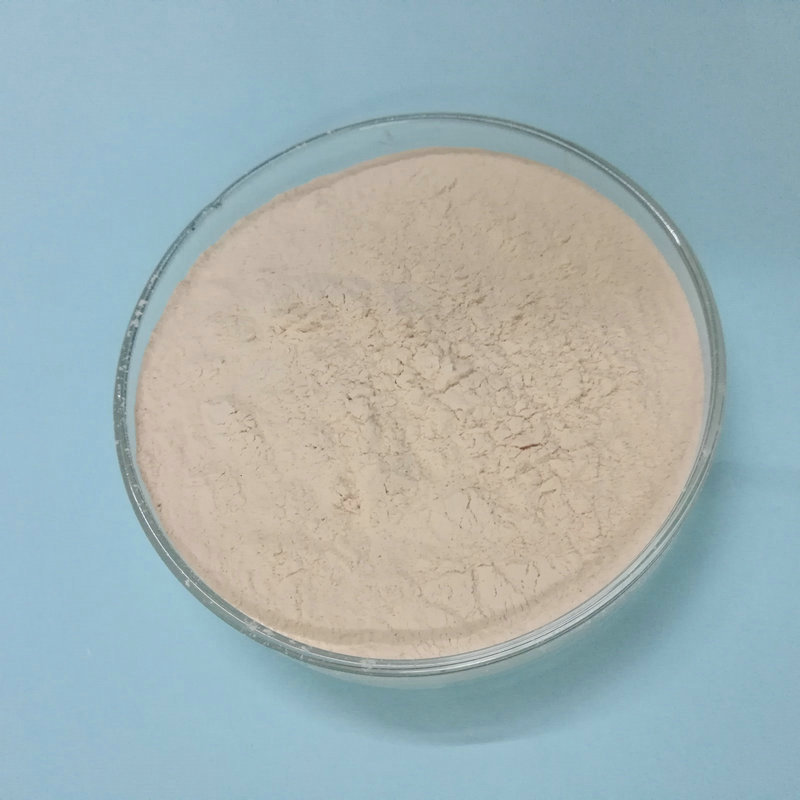
Image: Illustrating the vibrant results of reactive dyes on fabrics.
Typical Application Scenarios:
- Apparel Industry: From casual wear like t-shirts, jeans, and activewear to formal shirts and dresses, reactive dyestuff ensures vibrant and wash-resistant colors. The demand for reactive garment dye has surged due to its ability to provide excellent color uniformity and durability on finished garments.
- Home Textiles: Bed linens, towels, curtains, and upholstery fabrics benefit from the colorfastness of reactive dyes, maintaining their appeal even after repeated washing and exposure to light.
- Technical Textiles: While not as dominant as for apparel, certain technical applications requiring high colorfastness, such as flags, banners, and some outdoor gear, also utilize reactive dyes.
- Printing Applications: In both rotary screen printing and flatbed printing, reactive dyes are formulated into print pastes (often with thickeners like Sodium Alginate) to create intricate designs with sharp outlines and brilliant colors.
The synergy between reactive dye powder and high-quality natural printing pastes is critical. The paste ensures that the dye is applied uniformly, prevents bleeding, and allows for optimal dye fixation during the subsequent steaming or curing process. This combination delivers not just color but also pattern integrity and print definition.
The Manufacturing Journey of Reactive Dye Powder: A Detailed Process Flow
The production of reactive dye powder is a complex chemical process involving multiple steps, each meticulously controlled to ensure product quality, purity, and consistent performance. Below is a detailed description of the manufacturing flow, often envisioned as a sophisticated chemical engineering process flowchart:
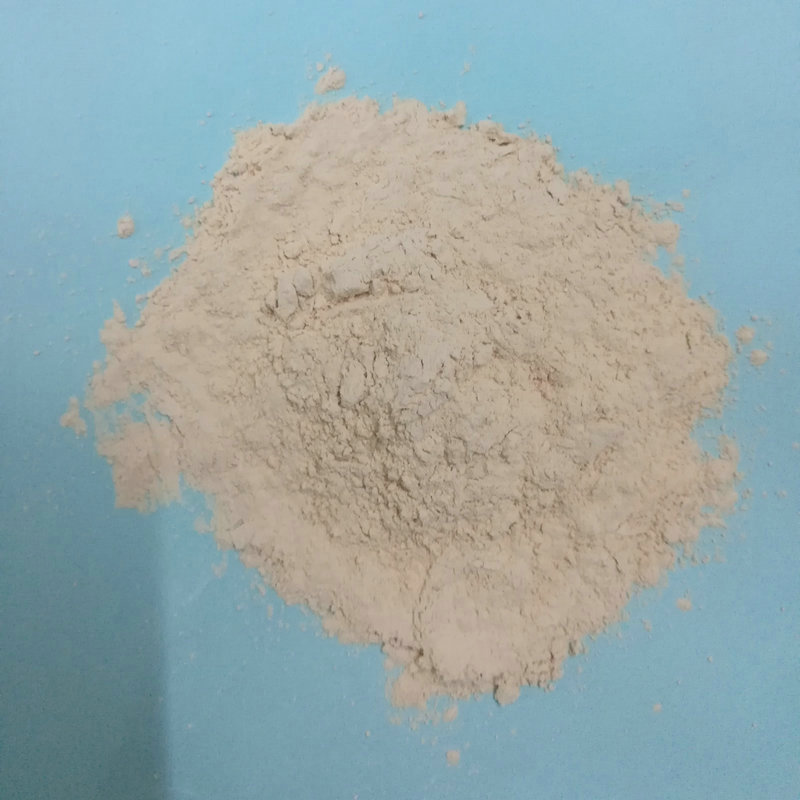
Image: Representation of a chemical synthesis plant where reactive dyes are produced.
Reactive Dye Powder Manufacturing Process Flow (Illustrated Description)
-
Raw Material Preparation & Selection (Input Node →):
This initial stage involves sourcing and verifying the purity of various chemical intermediates. Key raw materials include aromatic amines, naphthols, phenols (for chromophores), cyanuric chloride derivatives, vinyl sulfone derivatives (for reactive groups), and various acids, alkalis, and salts. Strict quality control ensures these raw materials meet specific purity and concentration standards (e.g., conforming to ISO 9001 raw material specifications).
-
Diazotization (Reaction Node →):
An aromatic amine (e.g., aniline derivative) is reacted with nitrous acid (generated in situ from sodium nitrite and an acid like hydrochloric acid) at low temperatures (0-5°C). This forms a highly reactive diazonium salt intermediate. This step is critical for forming the azo chromophore, which imparts color.
-
Coupling (Reaction Node →):
The diazonium salt is then coupled with another aromatic compound, typically a naphthol, phenol, or an amine, under controlled pH and temperature conditions. This reaction forms the azo dye structure (the chromophore). Different coupling components and conditions yield distinct colors. This step requires precise pH management to optimize yield and minimize side reactions.
-
Introduction of Reactive Group (Reaction Node →):
The newly formed azo dye is then reacted with a reactive component. For example, for monochlorotriazine (MCT) reactive dyes, cyanuric chloride is typically used. For vinyl sulfone (VS) dyes, an active hydrogen compound reacts with an alkyl sulfone derivative. This step covalently attaches the reactive group to the chromophore, making it a reactive dyestuff.
- Material Integrity: The integrity of the chemical structure is paramount. Processes are designed to ensure the reactive group is stable until application.
- Manufacturing Process: This involves complex organic synthesis, often performed in multi-purpose reactors with precise temperature, pressure, and agitation control.
-
Salting Out & Filtration (Separation Node →):
After synthesis, electrolytes (like sodium chloride) are added to reduce the solubility of the crude dye, causing it to precipitate out of the solution. This allows for separation from impurities and unreacted raw materials. The dye slurry is then filtered using filter presses or centrifuges to isolate the solid dye cake.
-
Washing & Purification (Purification Node →):
The dye cake is thoroughly washed with water to remove residual salts, inorganic impurities, and by-products. This step is crucial for achieving high purity and enhancing the dye's performance characteristics, such as solubility and fastness properties. Multiple washing cycles may be employed.
-
Drying (Drying Node →):
The purified dye cake, which is still wet, is dried to remove moisture. Common drying methods include spray drying (for fine powders), flash drying, or tray drying. Spray drying is often preferred for reactive dye powder as it produces a uniform particle size and excellent dispersibility. The process ensures the moisture content is within specified limits (e.g.,
- Final Product Form: This stage largely determines the physical form and fineness of the reactive dye powder.
-
Grinding & Standardization (Processing Node →):
The dried dye is then milled or ground to achieve the desired particle size distribution. This ensures optimal solubility and dispersion during application. Following grinding, the dye is standardized to a specific strength and shade. This involves blending different batches or adding inert diluents (e.g., sodium sulfate) to achieve consistent color strength and shade from batch to batch. Spectrophotometric analysis is used for precise color matching.
- Detection Standard: Each batch undergoes rigorous testing against established internal and international standards (e.g., ISO 105 series for fastness properties, industry-specific color strength benchmarks).
-
Quality Control (Inspection Node →):
Throughout the entire process, but especially at the final stage, comprehensive quality control checks are performed. This includes analysis of color strength, shade, fastness properties (wash, light, rub), solubility, moisture content, salt content, and pH. Modern analytical techniques like HPLC, UV-Vis spectrophotometry, and chromatography are employed to ensure the dye meets all specifications and industry standards like ISO 17025 for testing laboratories.
- Applicable Industries: The rigorous quality control makes these dyes suitable for sensitive applications in the textile industry (apparel, home furnishings), potentially for some paper and leather applications where high colorfastness is critical.
- Service Life: While dyes don't have a "service life" in the same way machinery does, the quality and stability of the dye ensure the "service life" of the colored textile is maximized, providing long-lasting color and integrity for years under normal use and care.
-
Packaging & Dispatch (Output Node →):
The finished, quality-approved reactive dye powder is carefully packaged in moisture-proof and airtight container111s (e.g., drums, bags) to protect it from degradation during storage and transport. Proper labeling with product name, batch number, weight, safety information, and manufacturing date is applied before dispatch to customers.
This intricate process ensures that each batch of reactive dyestuff performs consistently, delivering reliable and brilliant coloration for diverse applications.
Manufacturer Comparison and Custom Solutions
Choosing the right supplier for reactive dye powder is as crucial as understanding the dyes themselves. Manufacturers differentiate themselves through product quality, range, technical support, sustainability practices, and pricing. A comparison might highlight:
| Feature | Leading Global Manufacturer A | Specialized Regional Manufacturer B | Pezetech (Hypothetical for Reactive Dyes) |
|---|---|---|---|
| Product Range | Extensive, all reactive dye classes (MCT, VS, Bi-functional), specialty dyes. | Focus on core reactive dyes for cotton, some specialties. | Focus on high-purity, high-fixation reactive dye powder; strong portfolio for cotton and blends, including eco-friendly options. Offers complementary products like natural printing pastes. |
| Quality Standards | ISO 9001, ISO 14001, Oeko-Tex certified products, ZDHC compliant. | ISO 9001, some Oeko-Tex certification. | ISO 9001:2015 certified, strict internal QC, products tested according to ISO 105 standards for fastness properties. Commitment to ZDHC MRSL compliance for textile reactive dyes. |
| R&D & Innovation | Strong R&D, new dye chemistry, sustainable solutions. | Moderate R&D, focus on process optimization. | Continuous improvement in fixation rates and eco-profiles of reactive dyestuff. Actively developing low-salt and cold-dyeing variants. |
| Technical Support | Global team, onsite support, dyeing solutions. | Regional technical support, lab services. | Dedicated technical team offering formulation assistance, troubleshooting, and process optimization for reactive dyeing. Expertise in integrating dyes with auxiliaries. |
| Sustainability Focus | Leader in green chemistry, water/energy reduction. | Growing awareness, some eco-friendly products. | Emphasis on sustainable manufacturing practices, reduced environmental footprint, and products designed for lower water/energy consumption in application. Strong commitment to responsible chemical management. |
| Delivery & Logistics | Global distribution network, reliable supply chain. | Regional focus, standard lead times. | Efficient global logistics network, ensuring timely delivery. Delivery cycle typically 7-14 business days depending on destination and order size. |
Custom Solutions and Client Partnerships
Reputable manufacturers of reactive dye powder don't just sell products; they offer tailored solutions. This includes:
- Shade Matching: Developing custom shades to meet specific brand requirements, using advanced spectrophotometric analysis.
- Formulation Optimization: Adjusting dye formulations for specific dyeing machines, fabric types, or desired fastness properties (e.g., optimizing for continuous dyeing vs. exhaust dyeing).
- Technical Training: Providing training to client's dyeing technicians on best practices for handling and applying reactive dyes, ensuring efficient use and minimizing errors.
- Problem Solving: Assisting clients in troubleshooting dyeing defects (e.g., unlevelness, poor fastness) and providing expert advice.
- Eco-Friendly Alternatives: Guiding clients towards more sustainable dye choices and processes to meet environmental compliance and brand sustainability goals.
Application Cases and Customer Success Stories
The real value of reactive dye powder is best illustrated through its successful application in various industry settings. Companies like Pezetech, with a focus on quality and customer support, empower textile manufacturers to achieve superior results.
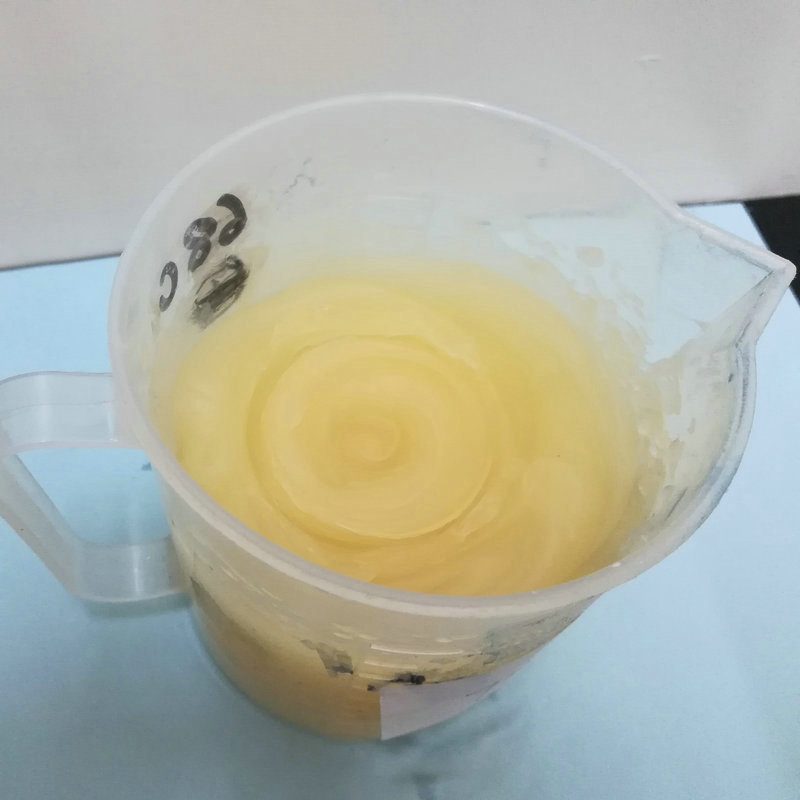
Image: Reactive dyes being processed in a modern dyeing facility.
Case Study 1: Enhanced Color Fastness for Export-Oriented Garments
A leading garment exporter specializing in high-end cotton apparel faced challenges with maintaining consistent wash and light fastness for their vibrant color palettes, especially for garments destined for regions with intense sunlight. Upon consultation, they switched to a specific range of bi-functional reactive dye powder from a reputable supplier known for its high fixation rates and superior fastness properties. The supplier's technical team provided on-site assistance for process optimization, including recommendations for alkali and salt concentrations, and a revised washing-off procedure. Result: The garments achieved ISO 105-C06 (Washfastness) rating of 4-5 and ISO 105-B02 (Lightfastness) rating of 6, significantly surpassing their previous results. This led to reduced customer complaints, improved brand reputation, and opened new market opportunities in demanding export markets. The increased confidence in color durability allowed them to expand their product line.
Case Study 2: Achieving Brilliant Prints with Natural Thickeners
A digital textile printing house wanted to reduce its environmental footprint by using more natural auxiliaries without compromising print quality. They were exploring alternatives to synthetic thickeners for their reactive garment dye printing. They collaborated with a supplier that offers not only premium reactive dye powder but also natural printing pastes, such as the High quality natural printing paste 90% CAS 9005-38-3 with good price (Sodium Alginate). Result: By using the specified natural printing paste, the printing house achieved excellent color yield, sharp outlines, and superior wash-off properties for their digitally printed reactive designs. The natural paste provided the necessary rheology for precise jetting and consistent color penetration, while being biodegradable. This transition significantly reduced their chemical waste and improved their sustainability profile, earning them certifications that appealed to their eco-conscious clientele.
Case Study 3: Energy and Water Savings in Reactive Dyeing
A large textile mill aiming for lower operational costs and better environmental compliance sought solutions to reduce energy and water consumption in their reactive dyeing processes. They partnered with a supplier who introduced them to a range of low-temperature and high-exhaustion reactive dye powder. These dyes allowed them to reduce dyeing temperatures by 15-20°C and required less salt, leading to faster washing-off. Result: The mill reported a 15% reduction in energy consumption due to lower heating requirements and a 20% reduction in water usage due to fewer washing cycles. This also translated into a significant decrease in effluent treatment costs and a smaller carbon footprint, aligning with their corporate social responsibility goals and leading to substantial long-term savings.
These cases underscore the importance of selecting high-quality reactive dye powder and partnering with suppliers who provide comprehensive technical support and innovative solutions. The combination ensures not just vibrant colors but also operational efficiency and environmental responsibility.
Frequently Asked Questions (FAQ) about Reactive Dye Powder
Understanding the nuances of reactive dye powder and its application is crucial for successful textile processing. Here are answers to some common professional questions:
- Q1: What is the primary chemical difference that makes reactive dyes unique?
- A1: The defining characteristic of reactive dye powder is the presence of a reactive group (e.g., monochlorotriazine, vinyl sulfone, or bifunctional groups) in its molecular structure. This group forms a covalent bond with the hydroxyl groups of cellulosic fibers (like cotton) or amino groups of polyamide fibers, creating a permanent, chemical linkage between the dye and the fiber. This contrasts with other dye classes that rely on physical forces like hydrogen bonding or ionic interactions.
- Q2: How does the "fixation rate" impact the efficiency and environmental profile of reactive dyeing?
- A2: The fixation rate refers to the percentage of applied dye that actually reacts and bonds with the fiber. A high fixation rate (ideally 80%+) means less unreacted dye remains in the dye bath. This directly impacts efficiency by reducing dye wastage and significantly improves the environmental profile by minimizing the load of unfixed dye and salt in the wastewater, thus reducing the chemical oxygen demand (COD) and total dissolved solids (TDS) in effluent.
- Q3: What are the main types of reactive groups, and how do they differ in application?
- A3: The main types of reactive groups are:
- Monochlorotriazine (MCT) Dyes: Also known as 'hot brand' dyes, they require higher dyeing temperatures (typically 80-98°C) and higher alkalinity for fixation. They offer good fastness properties.
- Vinyl Sulfone (VS) Dyes: Often called 'cold brand' dyes, these are more reactive and can be applied at lower temperatures (30-60°C). They are known for high fixation efficiency and good wash-off properties.
- Bi-functional Dyes: These dyes contain two different reactive groups (e.g., MCT and VS) or two identical reactive groups. They offer higher fixation rates and broader application temperature ranges, often providing superior all-round fastness.
- Q4: Why is salt (electrolyte) required in most reactive dyeing processes, and are there alternatives?
- A4: Salt (typically sodium chloride or sodium sulfate) is added to the dye bath to promote the exhaustion of the anionic reactive dye onto the negatively charged cellulosic fiber surface. It reduces the repulsive forces between the dye and fiber, pushing the dye closer to the fiber. Yes, there are alternatives:
- Low-Salt/Salt-Free Reactive Dyes: These are specially designed dyes that require significantly less or no salt, often achieved by modifying the dye molecule to reduce its anionic charge or by using different reactive groups.
- Pre-treatment of Fabric: Cationizing the cellulosic fiber can make it positively charged, attracting anionic dyes without the need for salt.
- Q5: What are the standard quality control measures for finished reactive dye powder?
- A5: Key quality control measures for reactive dye powder include:
- Color Strength: Measured spectrophotometrically against a standard to ensure consistent shade depth.
- Shade: Visual and instrumental assessment to ensure it matches the target hue.
- Fastness Properties: Testing for wash fastness (ISO 105-C06), light fastness (ISO 105-B02), and rub fastness (ISO 105-X12) on dyed fabric samples.
- Solubility: Checking for complete and clear dissolution in water.
- Moisture Content: Ensuring the powder is dry to prevent degradation and caking.
- Insolubles: Testing for any undissolved particles that could lead to specks.
- Electrolyte Content: Important for consistent batch-to-batch performance and cost.
- Q6: How does the storage and handling of reactive dye powder affect its shelf life and performance?
- A6: Proper storage and handling are critical. Reactive dye powder should be stored in cool, dry, and well-ventilated areas, away from direct sunlight, moisture, and strong acids/alkalis. They are sensitive to humidity and heat, which can cause hydrolysis of the reactive group, reducing dye strength and fixation ability. Airtight container111s are essential. Typically, reactive dyes have a shelf life of 12-24 months when stored correctly. Degradation leads to weaker shades, poor fixation, and potential unlevelness.
- Q7: What role does a natural printing paste like Sodium Alginate (CAS 9005-38-3) play with reactive dyes?
- A7: Natural printing pastes, such as the High quality natural printing paste 90% CAS 9005-38-3 with good price (Sodium Alginate), act as thickeners and rheology modifiers in reactive printing formulations. They provide the necessary viscosity to ensure the print paste stays precisely where applied, preventing spreading or blurring of patterns. Alginate is particularly favored for reactive dyes because it does not react with the dye, unlike starch-based thickeners, ensuring maximum dye fixation and brilliance. It also allows for easy washing-off post-printing.
Commitment to Quality, Delivery, and Customer Support
As a leading supplier in the chemical industry, our commitment to excellence in reactive dye powder extends beyond manufacturing. We adhere to stringent quality control protocols, holding certifications such as ISO 9001:2015 for our quality management systems. Our products are rigorously tested to meet or exceed international standards like ISO 105 for color fastness, ensuring consistent performance and reliability for our global clientele. Our long-standing partnerships with textile mills, garment manufacturers, and printing houses, spanning over two decades of service, are a testament to our dedication.
We pride ourselves on our robust global logistics network, which ensures a reliable and efficient delivery cycle. Standard orders for reactive dye powder typically have a delivery lead time of 7-14 business days, depending on the destination and order volume, with expedited options available for urgent requirements. Each shipment is meticulously prepared to guarantee product integrity upon arrival.
Our comprehensive customer support is a cornerstone of our service. This includes dedicated technical assistance for product application, troubleshooting, and process optimization. We offer a transparent quality assurance commitment, including product warranties against manufacturing defects and a responsive return policy should any issues arise. Our expert team is readily available to provide pre-sales consultation and post-sales support, ensuring our clients derive maximum value from our high-quality textile reactive dyes and related products like our natural printing paste.
The Future of Reactive Dyes: Innovation and Sustainability
The trajectory for reactive dye powder is one of continuous innovation, particularly towards enhanced sustainability. Future developments will likely focus on:
- Ultra-High Fixation Dyes: Minimizing unfixed dye further to reduce washing-off cycles and water consumption.
- Cold Dyeing Technologies: Expanding the range of effective cold-dyeing reactive dyes to significantly cut down on energy usage.
- Bioreactive Dyes: Exploring dyes derived from renewable resources or using enzymatic processes for synthesis.
- Smart Dyeing Systems: Integration with IoT and AI for optimized dye recipes, process control, and real-time effluent monitoring.
- Circular Economy Principles: Designing dyes and processes that facilitate textile recycling and minimize waste throughout the lifecycle.
The journey of reactive dye powder, from complex chemical synthesis to vibrant textile coloration, is a testament to ongoing innovation in the chemical and textile industries. As environmental concerns grow and demands for performance increase, these dyes will continue to evolve, setting new benchmarks for color brilliance, durability, and ecological responsibility.
For further reading and in-depth analysis on reactive dyeing and sustainable practices, consider these resources:
- Journal of the Society of Dyers and Colourists (JSDC) - A leading academic journal providing research on textile coloration, including advancements in reactive dyes.
- OEKO-TEX® Standard 100 - Official website detailing the globally uniform, independent testing and certification system for textile raw materials, intermediate and end products at all stages of processing, including reactive dyes.
- ZDHC Programme (Zero Discharge of Hazardous Chemicals) - Provides guidelines and resources for sustainable chemical management in the textile and footwear industry, highly relevant for reactive dye manufacturing and application.
- Elsevier - ScienceDirect (Reactive Dyes) - A platform for scientific research, offering numerous articles and book chapters on the chemistry, synthesis, and application of reactive dyes.
-
The Role of Methyl Ethyl Hydroxyethyl Cellulose in Tile AdhesivesNewsAug.11,2025
-
The Future of Digital Textile Printing with Advanced Paste TechnologiesNewsAug.11,2025
-
The Chemical Modification Process of Carboxymethyl Cellulose from CelluloseNewsAug.11,2025
-
Hydroxypropyl Starch Versus Native Starch Key Differences and BenefitsNewsAug.11,2025
-
Comparing Celulosa HPMC with Other Cellulose Ether DerivativesNewsAug.11,2025
-
Chemical Composition and Structure of VAE Redispersible PowderNewsAug.11,2025

